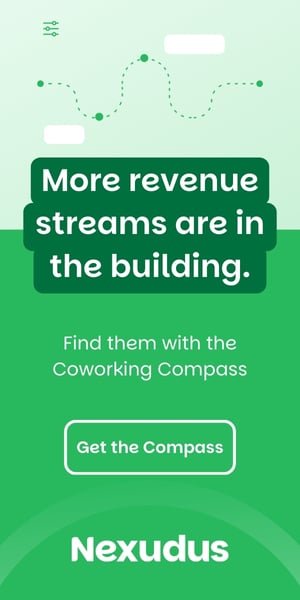City planners and companies realize that, despite the unnerve and anxiety the pandemic has caused, the shift to new work styles has been lauded by many workers. However, the post-pandemic world means more than simply becoming fully remote.
For instance, the 15-minute city design has emerged as a hot trend in recent years. This layout diminishes the need to get in the car and travel for your everyday needs, and instead allows residents to be within walking distance to jobs, retail, food, healthcare entertainment and more.
However, the migration of city dwellers from big cities to suburban areas and secondary cities may make this design more difficult. While it’s still too early to tell if this shift will be for the long-term, places like Atlanta or Los Angeles that are dependent on highways may not be able to incorporate the 15-minute city layout.
Another trend that is becoming more popular is the anchor company concept. While the idea is nothing new (see: Microsoft in Seattle or Dell in Austin), more companies are looking towards this method to grow their homebase, while easily expanding to other areas of the country.
For instance, delivery service provider Shipt is based in Birmingham and continues to operate there despite being told to Target for $550 million in 2017. Doing so helps the city attract more tech-driven entrepreneurs, and contributes to the it’s urban growth.


 Dr. Gleb Tsipursky – The Office Whisperer
Dr. Gleb Tsipursky – The Office Whisperer Nirit Cohen – WorkFutures
Nirit Cohen – WorkFutures Angela Howard – Culture Expert
Angela Howard – Culture Expert Drew Jones – Design & Innovation
Drew Jones – Design & Innovation Jonathan Price – CRE & Flex Expert
Jonathan Price – CRE & Flex Expert











